How to Choose the Right Tapped Bearing for Your Application Needs
Choosing the right tapped bearing is crucial for the efficiency and longevity of mechanical applications. As reported by the American Bearing Manufacturers Association (ABMA), the bearing industry contributes approximately $3.5 billion to the U.S. economy, underscoring the importance of selecting high-quality components for optimal performance.
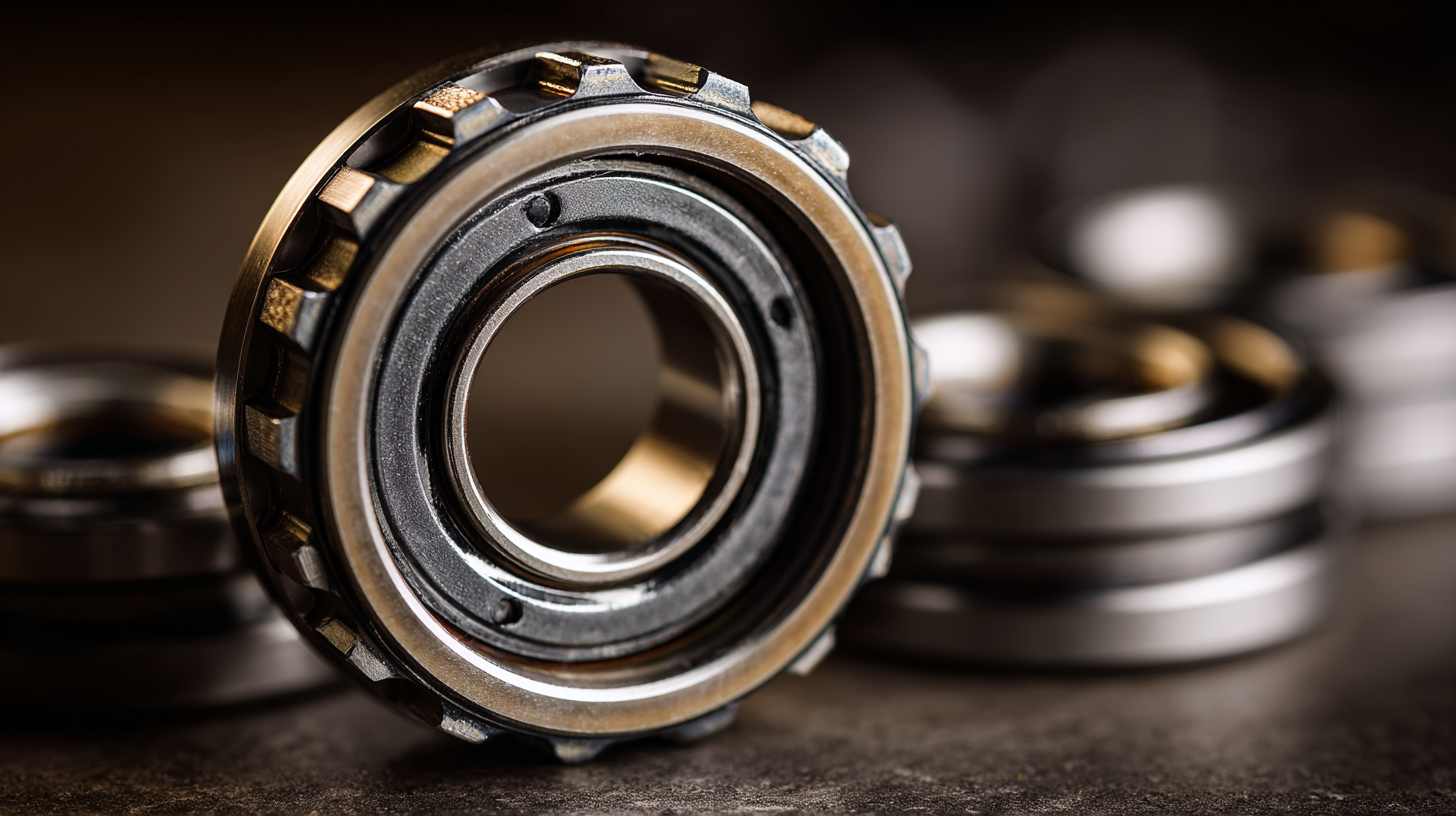
Tapped bearings, specifically, are designed to accommodate a variety of load conditions and provide precise alignment, making them essential in applications ranging from automotive to aerospace. According to a recent industry study, more than 70% of mechanical failures can be traced back to bearing incorrect selection. Therefore, understanding the unique specifications and performance characteristics of tapped bearings is vital to ensuring reliability and reducing operational costs in any engineering project.
As industries evolve and demand for precision increases, making informed choices about tapped bearings will play a pivotal role in driving innovation and maintaining competitive advantage.
Understanding the Basics of Tapped Bearings and Their Applications
Tapped bearings are specialized components designed to accommodate various load conditions and to facilitate mounting in tight spaces. Understanding their basic structure is essential for selecting the right type for specific applications. These bearings usually feature a cylindrical outer surface with a tapped hole for easy installation, making them suitable for machinery or equipment where space constraints prevent the use of traditional bearings.
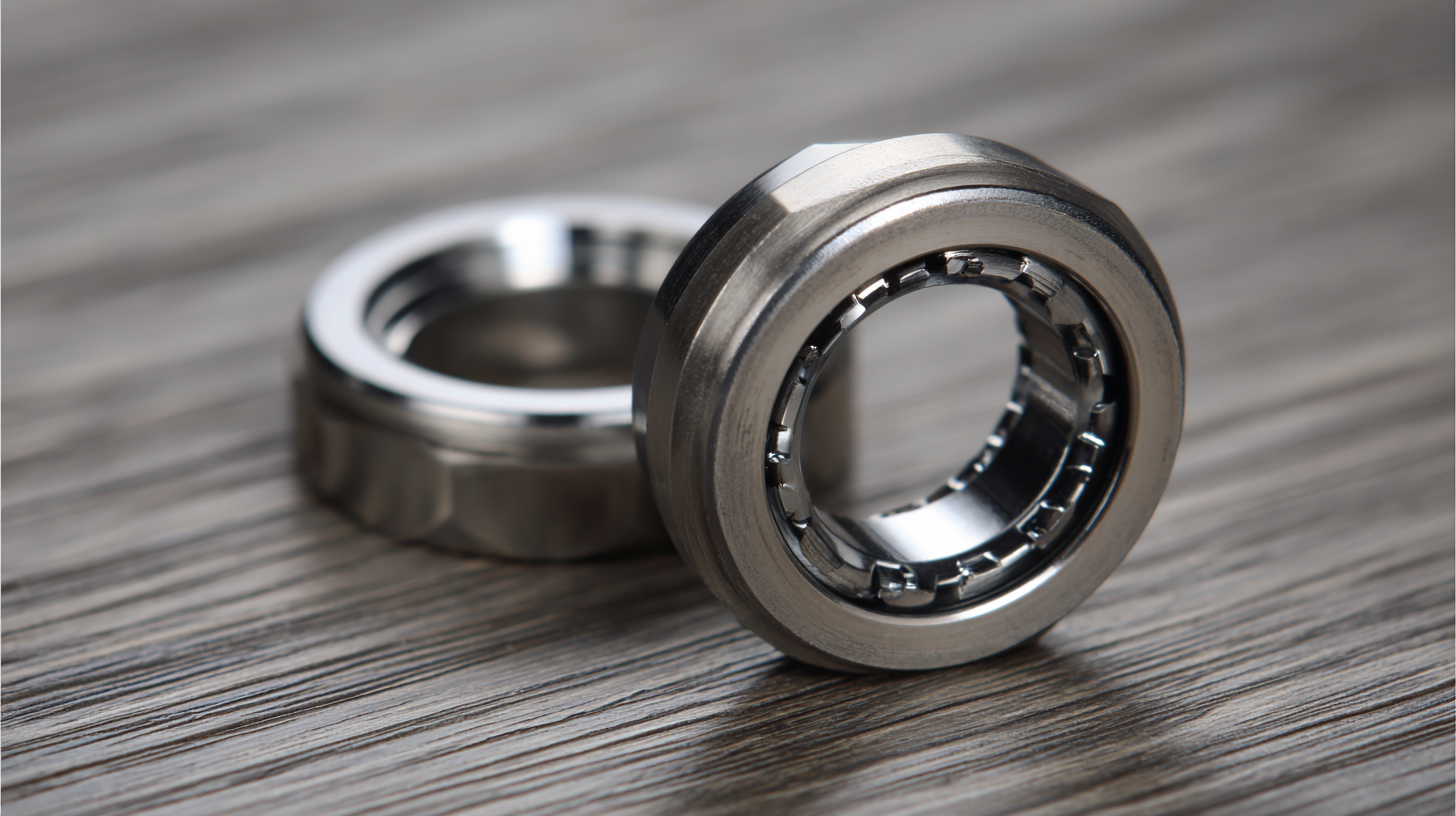 Tapped bearings can be used in a variety of applications, ranging from automotive components to industrial machinery and consumer electronics. Their ability to support both axial and radial loads makes them versatile, but it’s crucial to consider factors such as load capacity, material composition, and environmental conditions when making a choice. Selecting the appropriate tapped bearing not only enhances performance but also ensures longevity and reliability in the application. Proper assessment of the operating environment and mechanical requirements will lead to an informed decision, ultimately improving the efficiency of the overall system.
Tapped bearings can be used in a variety of applications, ranging from automotive components to industrial machinery and consumer electronics. Their ability to support both axial and radial loads makes them versatile, but it’s crucial to consider factors such as load capacity, material composition, and environmental conditions when making a choice. Selecting the appropriate tapped bearing not only enhances performance but also ensures longevity and reliability in the application. Proper assessment of the operating environment and mechanical requirements will lead to an informed decision, ultimately improving the efficiency of the overall system.
Key Factors to Consider When Selecting Tapped Bearings
When selecting tapped bearings for your application, several key factors should be taken into consideration to ensure optimal functionality and performance. Firstly, it is essential to assess the load requirements of your system. Tapped bearings come in various load capacities and understanding the maximum load your application will experience will help in selecting the right bearing that can sustain operational pressures without failure.
Another important factor is the operating environment. If the application involves exposure to moisture, corrosive substances, or extreme temperatures, it’s crucial to choose a bearing material that can withstand these conditions. Additionally, the precision and tolerance levels required for your application should not be overlooked. High-precision applications may demand bearings with tighter tolerances to ensure a proper fit and sustained performance over time. By carefully considering these factors, you can choose the right tapped bearing that meets your specific operational needs.
How to Choose the Right Tapped Bearing for Your Application Needs - Key Factors to Consider When Selecting Tapped Bearings
| Factor | Description | Importance |
|---|---|---|
| Load Capacity | The maximum load the bearing can support without failure. | High |
| Speed Rating | The upper limit of rotational speed the bearing can handle. | Medium |
| Material | The type of material used for the bearing, affecting durability and performance. | High |
| Temperature Range | The operating temperature range for optimal performance of the bearing. | Medium |
| Size and Dimensions | The specified dimensions that fit the application space and requirements. | High |
| Sealing Type | Type of sealing to protect the bearing from contaminants. | Medium |
| Installation | Ease of installation, including the need for special tools or procedures. | Low |
Material Choices for Tapped Bearings: What to Look For
When selecting the right tapped bearing for your application, material choice plays a crucial role in ensuring optimal performance and durability. Various materials offer unique properties that cater to different operational demands. For instance, metals such as stainless steel provide strong resistance to corrosion, making them suitable for environments where exposure to moisture is a concern. On the other hand, polyamide and other engineering plastics can be advantageous in reducing weight and enhancing thermal resistance, especially in applications where traditional materials may falter under extreme conditions.
Moreover, understanding the specific requirements of your application is essential when making material trade-offs. For high-load applications, selecting materials that can withstand stress and fatigue is imperative. Conversely, in scenarios where weight and friction are critical factors, lighter materials with lower coefficient of friction are preferable. Evaluating both the mechanical and environmental conditions your tapped bearing will face allows for informed decisions that can significantly enhance the efficiency and longevity of the components used in your project. Thus, thorough consideration of material characteristics cannot be overstated in the pursuit of selecting the best tapped bearing for your needs.
Material Choices for Tapped Bearings
Common Mistakes to Avoid When Choosing Tapped Bearings
When selecting tapped bearings for specific applications, it's crucial to avoid common mistakes that can lead to inefficiencies or premature failure. One prevalent error is underestimating the load capacity requirements. According to a recent report by the Bearing Industry Association, improper selection can reduce bearing lifespan by up to 40%. It’s essential to consider both static and dynamic loads when making this choice, as insufficient capacity can result in excessive wear and potentially catastrophic failures.
Another frequent oversight is disregarding environmental factors that can impact bearing performance. For instance, exposure to contaminants or extreme temperatures can compromise the functionality of tapped bearings. A study in the Journal of Mechanical Engineering highlighted that bearings exposed to dust and moisture without adequate sealing could experience a 25% drop in efficiency over time. Ensuring the right materials and seals are chosen for the specific conditions of an application can significantly enhance reliability and longevity. By paying close attention to these common pitfalls, engineers can optimize their bearing selections to meet the rigorous demands of their projects.
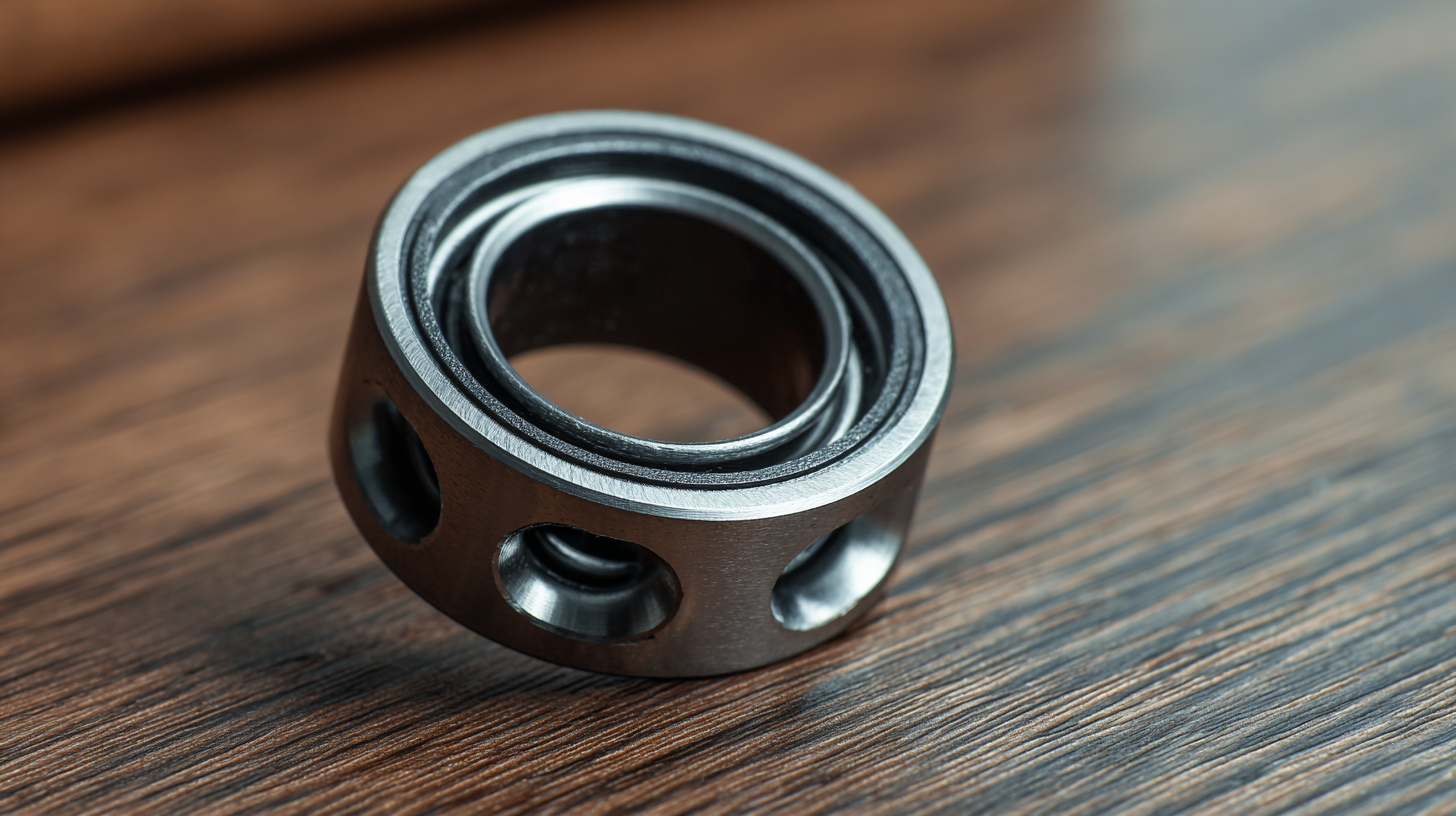
Best Practices for Maintenance and Longevity of Tapped Bearings
Maintaining tapped bearings is crucial for ensuring their longevity and optimal performance in various applications. According to a report by the American Bearing Manufacturers Association (ABMA), improper maintenance can lead to a decrease in bearing lifespan by up to 70%. Regular inspection and cleaning are essential practices, as contaminants such as dirt and moisture can significantly impair the functionality of tapped bearings. It is recommended to implement a routine lubrication schedule using high-quality lubricants that meet industry standards, which can reduce friction and wear. The right lubrication interval typically ranges from every few months to once a year, depending on the operating environment.
Additionally, the installation process plays a vital role in the maintenance and longevity of tapped bearings. A study from the International Organization for Standardization (ISO) highlighted that nearly 40% of bearing failures stem from improper installation techniques. To mitigate this, it's important to follow manufacturer specifications closely and to use the correct tools and techniques during installation. Additionally, monitoring operating temperatures and loads can help detect early signs of wear, allowing for timely preventive maintenance. This proactive approach can enhance performance and extend the life of tapped bearings significantly.
Related Posts
-

7 Essential Tips for Choosing the Right Rear Bearing for Your Production Needs
-
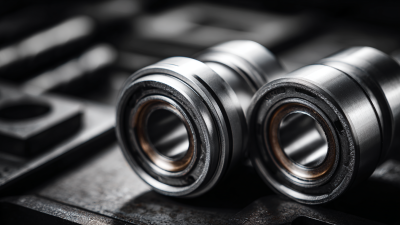
How to Choose the Right Pillow Bearing for Your Industrial Applications
-

7 Essential Tips for Choosing the Best Pillar Bearing for Your Needs
-
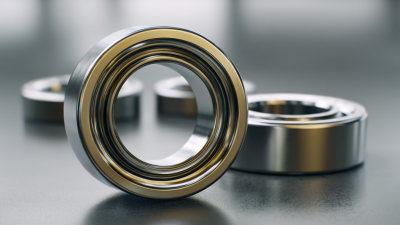
How to Choose the Perfect Real Bearing for Your Industrial Applications
-
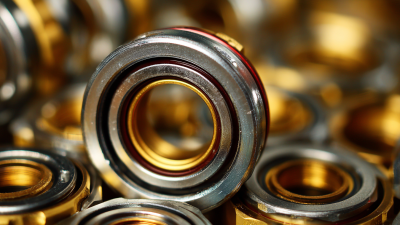
Understanding the Functionality and Benefits of Nup Bearing Types
-

10 Essential Tips for Choosing the Perfect Tapped Bearing